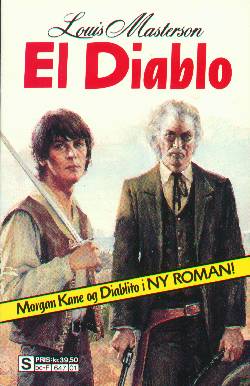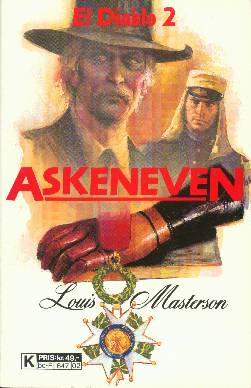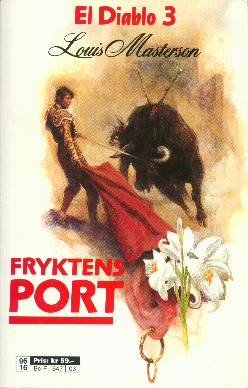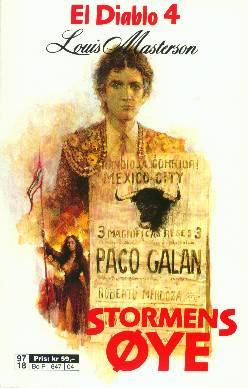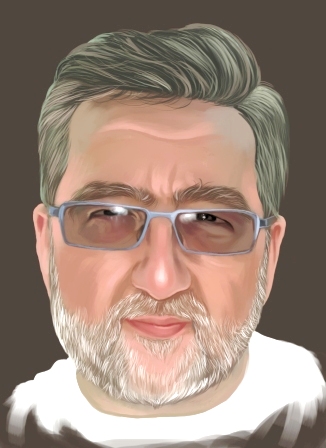 |

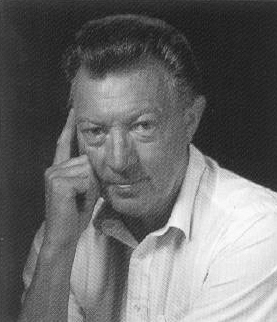
(With sincere thanks to my friends Jan Pettersen and Robert Aunaas for their help in preparing this article)
It's ironic that I could probably give you chapter and verse on U.S. Marshal Morgan Kane -- surely one of western fiction's most compelling characters -- and yet I know relatively little about his creator, Louis Masterson.
Masterson was a pseudonym of Kjell Hallbing, who was born in Baerum, Norway, on 5th November 1934. At no time did he ever entertain notions of becoming a "serious" writer, however. He simply wanted to entertain.
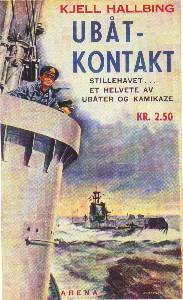
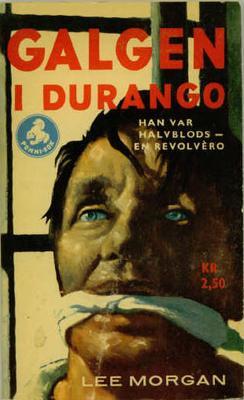
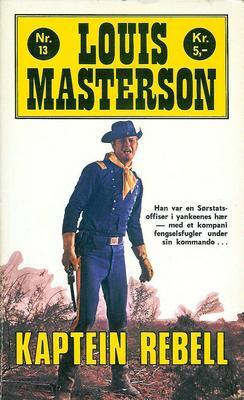
Hallbing went to work as a bank clerk at DnC primarily in order to learn how to type. Once he learned to type his name and address with two fingers, he graduated to whole sentences, and the rest, as they always say, is history.
In 1960, he completed his first book, The Rifle That Sings. When it was rejected, he produced a war novel, Ubat-kontakt (1961) instead. Later that same year, however, he made a second and altogether more successful stab at the western with Portrett av en Revolvermann (Portrait of a Gunslinger).
It was hardly surprising that Hallbing should want to write westerns. The legendary western show, Gunsmoke dominated Norwegian television at the time. While most shows usually ran for about twelve weeks, Gunsmoke was so popular that it ran for an unprecedented seventy-five weeks without a break. As one commentator explains, "Saturday nights were sacred and the streets were almost empty. You couldn't take part in a sensible conversation at lunch the following Monday without knowing about the latest events in Dodge City."
Westerns, then, were big business when Hallbing began to contribute such stories as Captain Rebel (Kjell Hallbing, 1962), Cimarron ("Leo Manning", 1963) Bonanza Kid ("Ward Cameron", 1963) and Bastards ("Lee Morgan", 1964) to the Norwegian pulps. Incidentally, the reason the initials "LM" featured so often in his pseudonyms was that, at the time, he smoked American Liggett & Meyer cigarettes.

In 1965, Hallbing created his most enduring character for the book Morgan Kane -- Texas Ranger. This book later reappeared under the title Between Life and Death. Three more novels followed before Kane's then-publisher, Romanforlaget, went out of business. Hallbing took the character to rival Bladkompaniet, and soon Kane was appearing regularly in the company's Western magazine and bi-monthly in paperback. The first short story was Sincerely, Morgan Kane, which appeared in Western issue 28 (1968) and was later republished as the final book of the series, Kane's Star (1985).
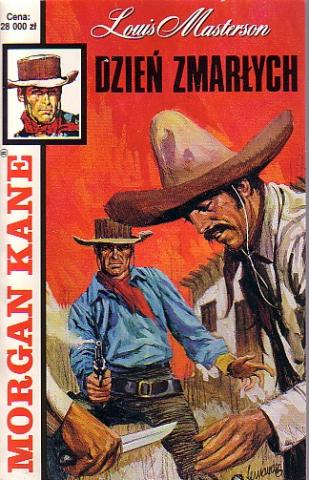
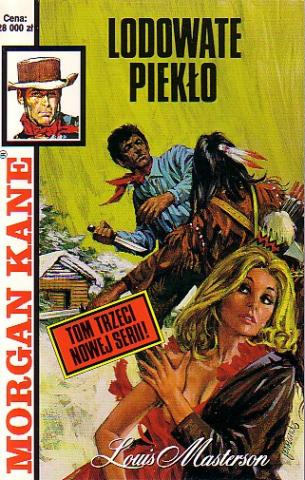
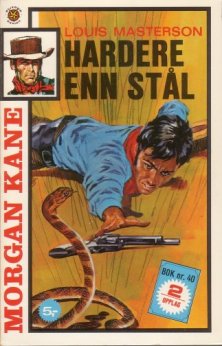
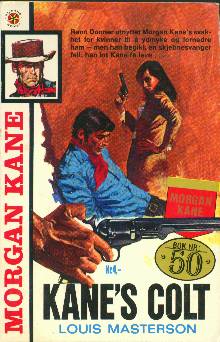
Who is Morgan Kane, then, and why did he eventually go on to capture the imagination of the public in so many different different countries? "Morgan Kane came to me as in a dream," Hallbing later explained. "I realised that he was the type of hero for me, and the name just surfaced. He represents the complete opposite of the western hero I grew up with. I was so tired of the whole Zane Grey-culture with impeccable characters on white horses, that almost in protest I made him an alcoholic anti-hero with psychopathic tendencies."
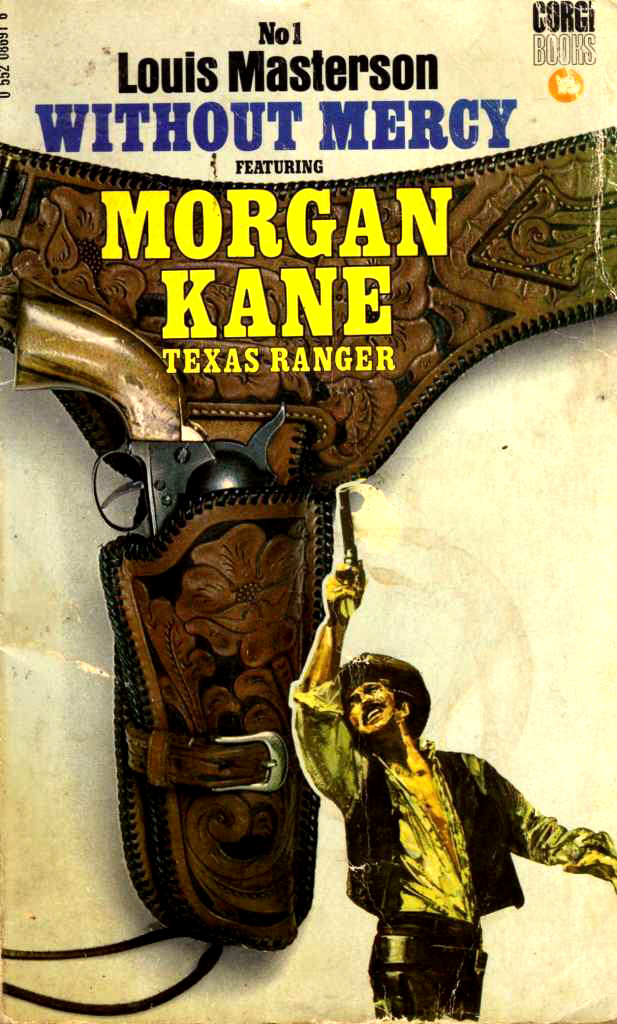
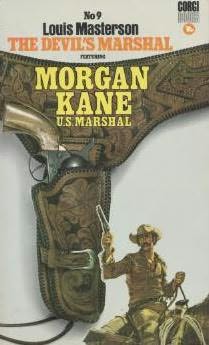

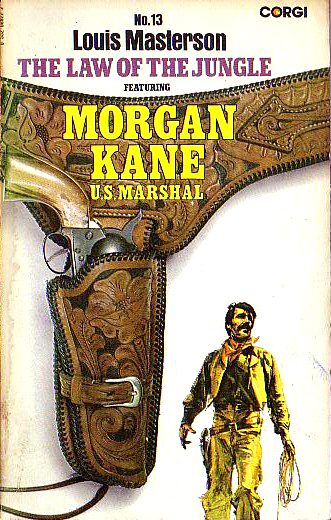
Kane may be a fictional character, but he inhabits an historically accurate world. His parents were Irish immigrants named Brendan and Gwen Cairn. They both died in an Indian attack shortly after Kane was born in 1855. In later years Kane -- by now an army scout -- took part in the Battle of the Little Big Horn. Thereafter he began his career as a gunslinger, riding alongside Billy the Kid.
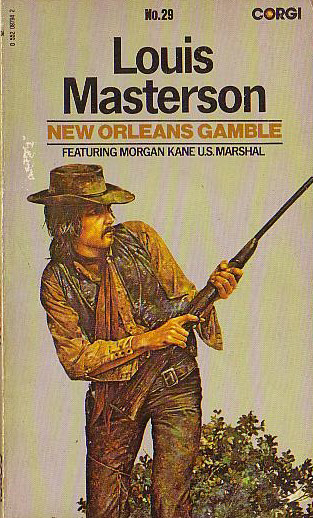

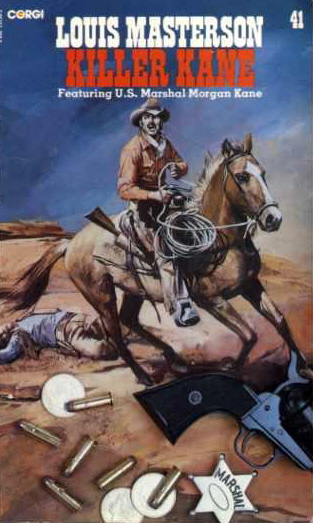
By the end of the 1870s Kane was best-known as "El Gringo". He rode with a bandit gang ruled over by a nasty piece of work called El Coyote. Kane eventually left the gang and joined the Texas Rangers. In 1882 he met his wife, Linda Swift, and became a United States Marshal. Linda was killed in 1885, and Kane eventually found and killed the killers -- a story that spanned three novels in the series.
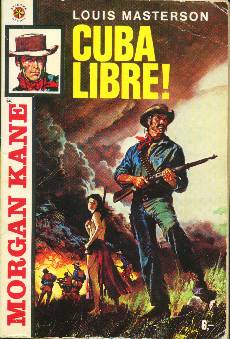
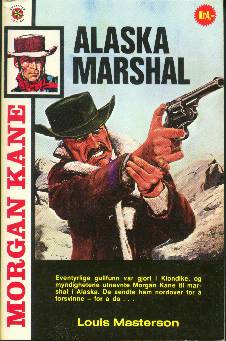
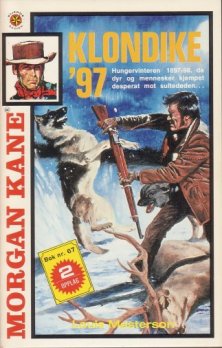
After that he went back to work as a Marshal. But by now he was something of a liability, so his bosses decided to send him to Alaska as a way of getting rid of him. In his later life, Kane took part in the invasion of Cuba and was bodyguard to Theodore Roosevelt.
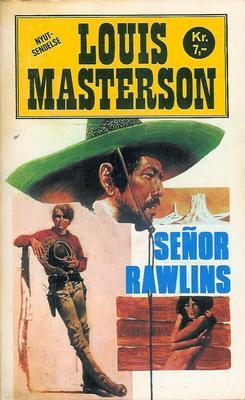
Hallbing quit his job as a bank employee in 1969 in order to concentrate on writing full-time. In 1972 he started his own publishing imprint, Kjell Hallbings Forlag, and finally published his first, rejected western, The Rifle That Sings.
His output wasn't limited to the Morgan Kane series alone, however. His many stories featuring Pinkerton detective Jesse Rawlins -- himself a semi-regular in the Morgan Kane saga -- are often overlooked, but there were several of them and it's my own personal hope that one day they'll be collected together and translated into English. Under the pen-name "Leo Manning" Hallbing also created a series following the adventures of Clay Allison, penning fourteen novels before the series was taken over by other, less-discerning writers, most of them based in Sweden.
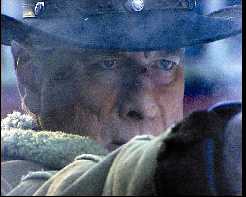
Actor Frank Iverson plays Morgan Kane on-screen
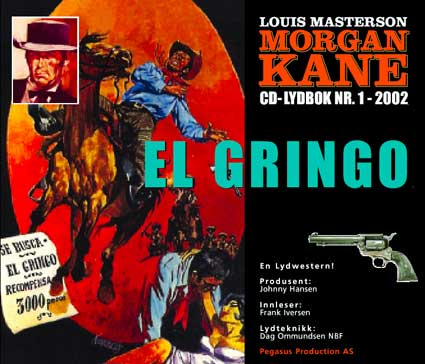
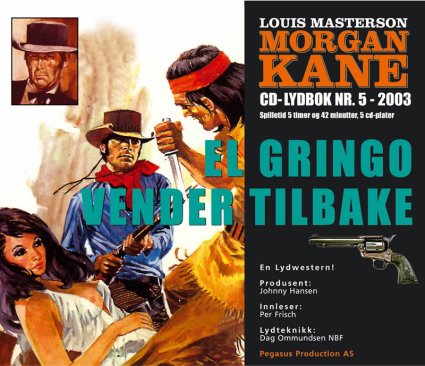
It is for Morgan Kane, however -- whose adventures have also appeared in comic-book format, movies and most recently, audio books -- that he remains best-known.

He wrote the 83rd and final Kane book in 1985, but everyone's favourite drink-sodden lawman refused to go quietly. In later years Hallbing also penned two spin-off series. The three books in the Diablito sequence were published between 1978 and 1979. In the third and what turned out to be final book, a man simply named 'Hombre' appears. Though his real name isn't mentioned, it is quite clear that this is none other than Kane himself. Interestingly, Hallbing modelled the character of Diablito on his stepson Robert. "I was Paco Galan/Diablito's age at the time he created that series," Robert Aunaas (formerly Hallbing) later told me, "about sixteen to eighteen years old. My brother was just born at around the same time, but he has blond hair and a Nordic look, whereas I have a somewhat darker complexion."
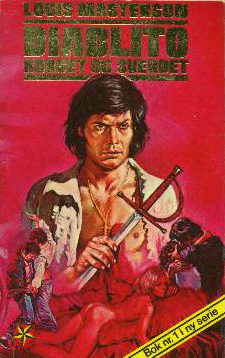
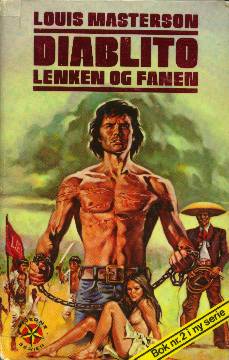
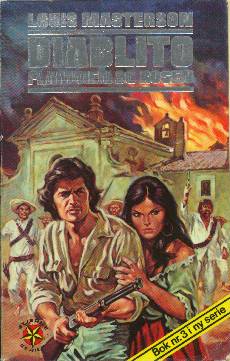
The El Diablo series, published between 1991 and 1997, continues the story of Kane's son, Paco Galan. In this series, Galan travels to Europe, a journey described in Fryktens Port (The Gate of Fear). Kane even pays England a visit and takes part in a fox hunt.
